As a simple kitchen gadget, a rice cooker has become a popular addition to many households. One major factor that contributes towards its popularity is its consistency in cooking. It doesn’t matter whether its quinoa or rice, a rice cooker is a more efficient way of cooking when compared to pressure cookers. However, if you are just starting, it can appear quite complicated, and for that, we have a few tips that’ll help you master this gadget. Before starting, you must take note of the fact that the instruction provided at the back of the packaging by the manufacturer is applicable for a specific cooker, each rice cooker from different manufacturers comes with a different set of instructions that must be followed for good results. But some general principles do apply, and here is everything you need to know about how to use a rice cooker in a simple and easy to follow steps.
Related Reading:
Table of Contents
Watch: How To Use A Rice Cooker
Some Basic Steps That You Need To Follow
1. Use Measuring Cups
The first step involves the usage of measuring cups. This equipment will aid you in measuring whether you are adding an accurate quantity of rice or not. In addition to that, it also plays a role in measuring the amount of water added to the mix, thus ensuring the right results.
2. Soak the Rice
After mixing both water and rice, leave it undisturbed and let the rice soak for a little while. The soaking of the rice ensures better texture after being cooked, and furthermore, the same water can be used for cooking as well. It should be done at room temperature and must not exceed 30 minutes.
Related Reading In Appliances
Grill Microwave Oven: Buying Guide To Select The Best Grill Microwave Oven
3. Properly Set Up The Cooker
Though it may appear to be quite easy to operate, a rice cooker also contains a lot of options that can bring variety to your cooked rice. It requires a different setting for brown and white rice and learning about what each button is there for might do you some good.
4. Start Cooking The Rice
Place the removable cooking pot containing rice and water inside the cooker and close the lid. Make sure that the lid is properly closed before switching it on. Some cookers will automatically stop when the rice is done, and some might keep warming the rice after the cooking is complete.
5. Apply Some Finishing Touches
After the rice has been cooked, the lid should not be immediately opened. Instead, you must allow the rice to rest for 10-15 minutes before opening it. This often ensures more flavor absorption by the rice and makes it more aromatic.
6. Ready To Serve
When there is no water left in the rice, it’ll be ready to serve. All you have to do now is stir it up, break the clumps, and serve it hot on a plate alongside other dishes.
Also Read: Benefits Of Brown Rice
What Can Be Cooked In A Rice Cooker
1. Eggs
It may sound absurd, but using a rice cooker for boiling eggs might just be the fastest way for you to obtain that hardboiled texture. Cook them for 20 minutes to get a batch of hard-cooked eggs, and 15 minutes for soft-cooked.
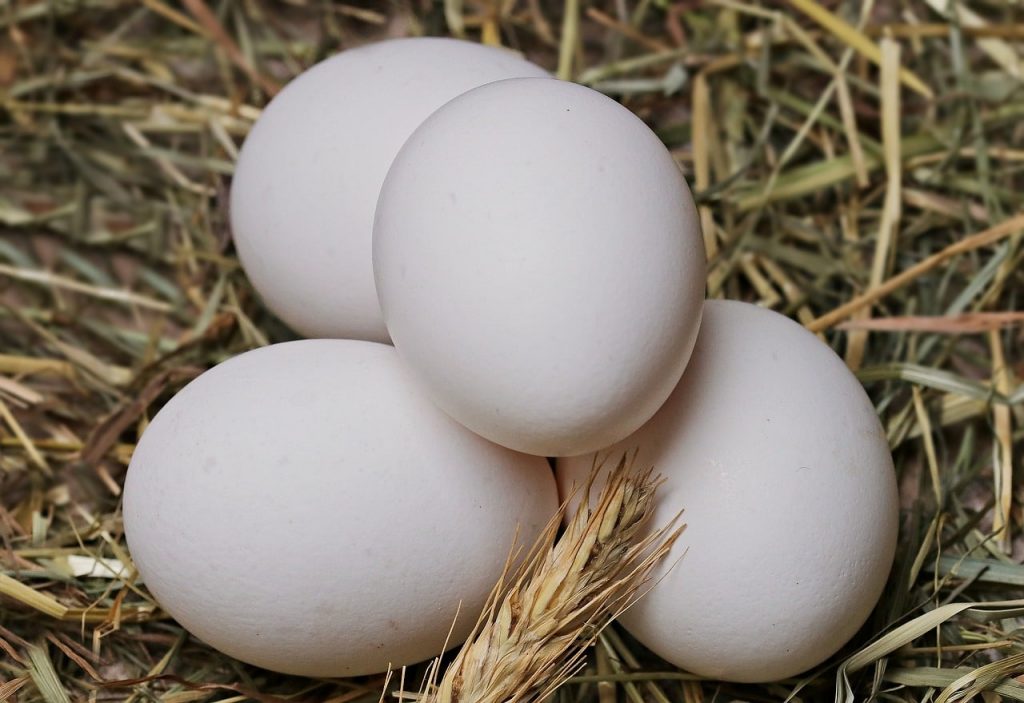
Rice cookers can be used for faster and efficient boiling of eggs.
Also Read: Egg Diet Plan: What to eat? | Benefits And Side-Effects | Is It Safe?
2. Quinoa
Using a rice cooker to cook quinoa is a fast and easier method. You can cook a perfect quinoa recipe in a rice cooker just by following the same steps involved in the case of rice. You must thoroughly rinse it before pouring it into the removable pot, as it often contains a few dirt particles.
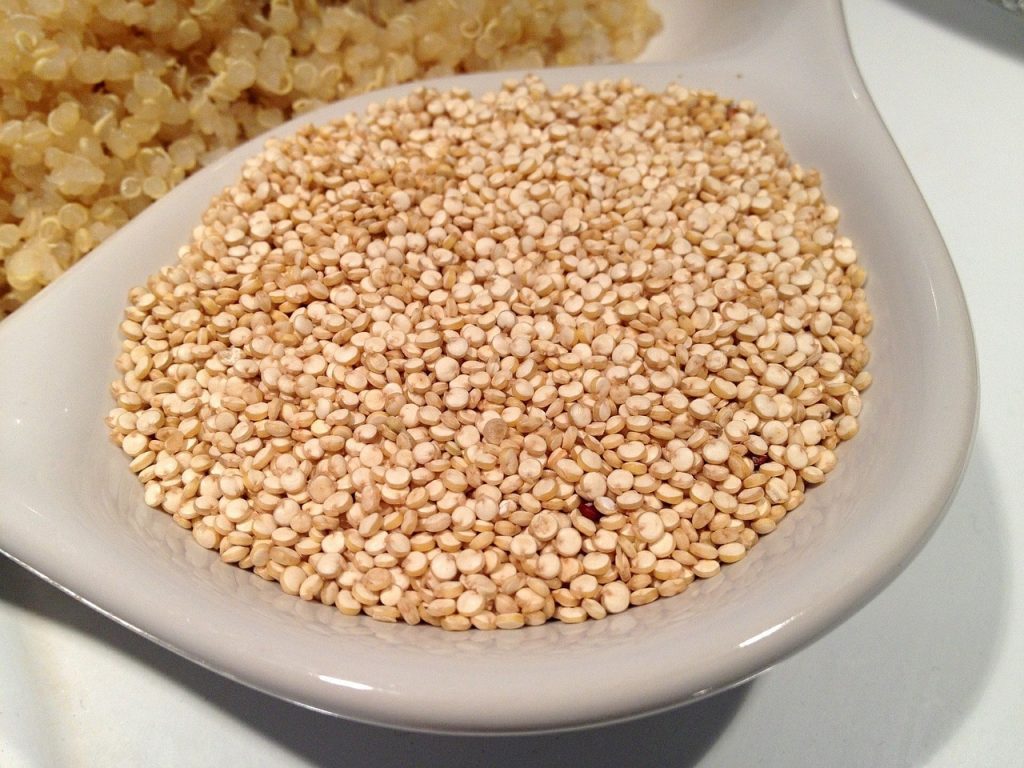
The process of cooking quinoa in a rice cooker is similar to that of cooking rice.
Also Read: Cooking Quinoa In A Cooker| Tips And Recipes
3. Old-Fashioned Oatmeal
Just a single cup of oats mixed alongside 2 to 3 cups of water would give you perfectly cooked oatmeal in a rice cooker. You can also add other ingredients such as salt, raisins, berries, or anything else that’ll make your oats tastier. However, it is advised that you stay at a hands-on distance from the cooker, for oatmeal tends to bubble up fast.
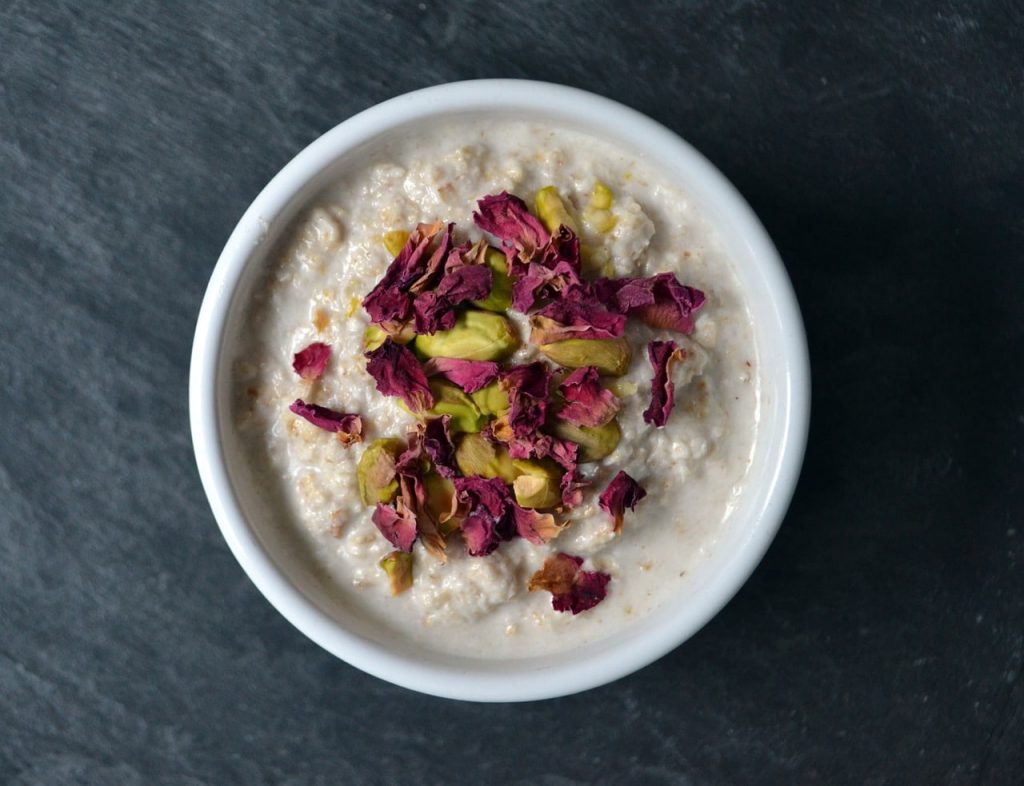
Also Read: How To Eat Oats: 7 Best Ways To Eat Oats
4. Vegetables
Yes, it is true. A rice cooker can also be a great way of steaming your daily veggies. The same broth that you use for cooking vegetables can also be used for cooking rice, in fact, it would give your rice more flavor. In addition to that, meat can also be steamed in this equipment, but it might take more time (30-40 minutes).
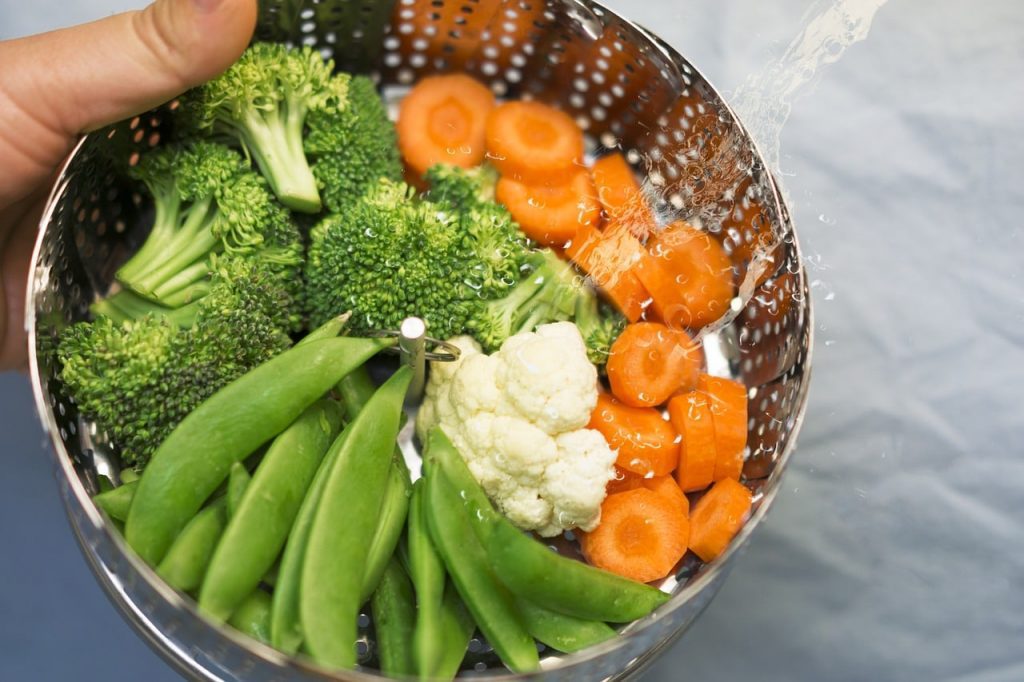
5. Hummus
No, it won’t cook hummus, but it can be used for the first half of that process i.e. cooking chickpeas. The chickpeas are the main part of the hummus, by boiling them up in a faster and much efficient way, using a rice cooker might just make your task less hectic. All you have to after that is puree the chickpeas along with other essential ingredients for hummus, like olive oil and garlic.
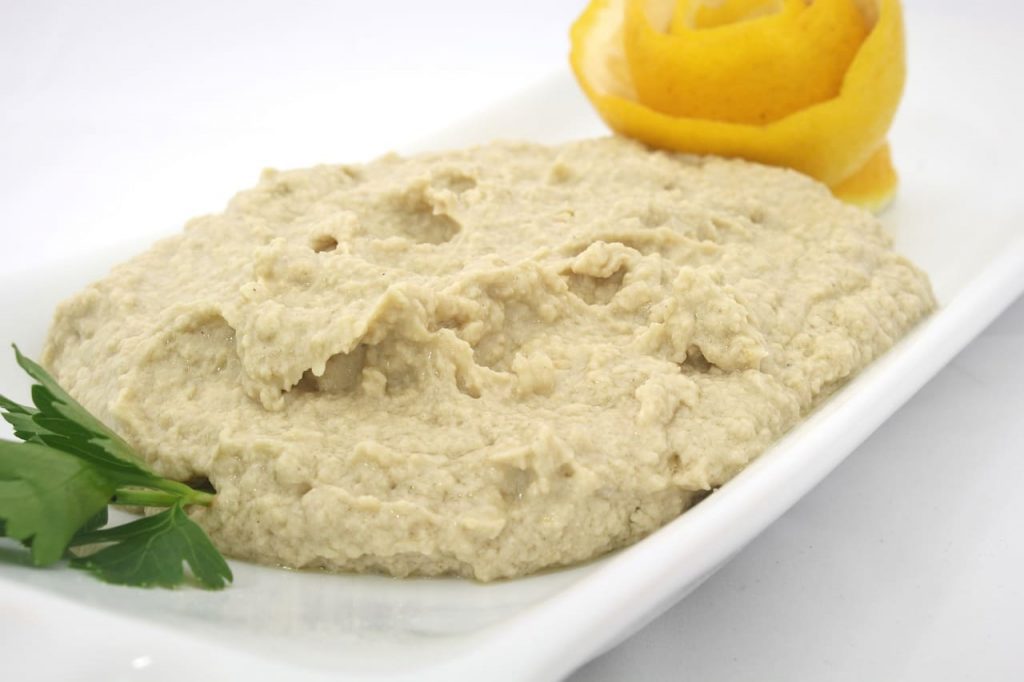
Also Read: Top 10 Benefits Of A Protein-Rich Diet
Precautions To Take While Cooking In A Rice Cooker
A rice cooker might be a great alternative if you are looking to cut down on your gas usage, and it can also be a faster and efficient way of cooking. However, it is also important you take note of the following mentioned precautions for safer cooking:
1. Check The Quality Of The Product
Before you choose a rice cooker among the bunch, make sure that it is of good quality and is manufactured by a reputed manufacturer. Though this factor might not have a short term effect, it can make a big difference in the long run as you keep on using it.
2. The Cooker Must Have An RCD (Residual Current Device)
Make sure that your rice cooker is equipped with a residual current device. An RCD is sometimes referred to as a life-saving device since it prevents the occurrence of electric fires and protects you from electric shock.
3. It Must Not Be Used In An Enclosed Space
If you are using a rice cooker, make sure that it is not operating while being kept in an enclosed space, or beneath shelves, cupboards, and other things that can easily get damaged by the escaping steam.
4. Be Careful With The Use Of Water
Water is one of the necessities for cooking in a rice cooker. Whether you are boiling eggs or cooking quinoa, water is a must. And since the functioning of the rice cooker is based on electricity, you must be careful with the addition and the removal of water and make sure that the power cable remains dry.
5. Follow The Instructions
The best way of preventing any trouble is to rightfully follow the instructions and to stay alert. Add the right amount of water and other ingredients as per the instructions, and you must note that instructions for every other rice cooker are different. Thus before using the cooker, you must look at the back of the packaging, for that is where the instructions are usually printed.
6. Must Not Be Left Unattended For A Longer Time
Though most of the recent rice cooker models turn off automatically after the meal is cooked, it is still advised for you to be attentive and switch it off from the main power line, for saving electricity is also as much of a precaution as any other.
With its enclosed casing and multiple functions, a rice cooker not only helps you to cook rice consistently, but it also saves time and keeps it warm even after the cooking is done.


